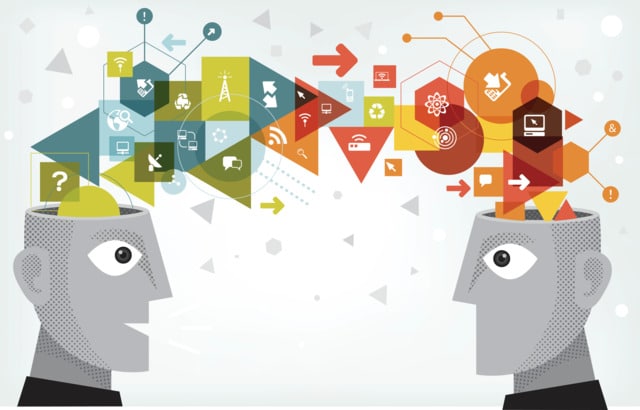Charitable giving can be a fascinating exercise. Take, for example, Charles (Chuck) Feeney, now age 87 and living in San Francisco, who made a US$7-million donation in December, 2016. It was a special gift because it was his last donation in completing his pledge to give away virtually everything he had – about US$8-billion in total. It’s taken more than 35 years to give it away. He and his wife kept $2-million to live on, and it was reported by The New York Times that there have been no “naming rights” accepted by Mr. Feeney, and most of his gifts were anonymous.
This type of story makes you wonder what makes Mr. Feeney tick. Why did he give this way? Fascinating. Inspiring. Google his name to read more about him.
THE ‘WHY’
When it comes to donating, it’s important to understand why you give. Charles Feeney certainly understood his why. When you understand the why it answers many other questions – the “Six W’s” – you may have about charitable giving: Who (which charities) should I donate to? What should I donate (cash, securities, or other assets)? Where should I donate from (my personal, corporate, trust or foundation pocket)? When should I donate (today, upon death or both)? How should I donate (with or without recognition) and how much should I give?
When it comes to understanding why you give, it’s helpful to consider the Seven Faces of Philanthropy (thanks to Russ Alan Prince and Karen Maru File who wrote a book by the same name). The seven faces really represent “donor personalities” – or why people may be motivated to give. In most cases, there’s more than one face of philanthropy that will apply to an individual. While there may be other reasons why people donate, these form the key reasons:
- Communitarians: For these folks, doing good for the community just makes sense. They focus on how to make their community a better place to work and live.
- The Devout: These are people who give for faith reasons. For them, it’s only right to share what they have been blessed to receive, and giving is a moral or spiritual imperative.
- Investors: These donors see giving as being good business. For these folks, there may be multiple purposes for donating: to help charities, gain tax relief and raise the profile of their businesses.
- Socialites: These people see charity as fun. They genuinely have a good time giving back. They often accomplish this through social events and look to use their social networks to help their favourite causes.
- Altruists. These folks give out of a sense of moral imperative. They believe that giving back is simply the right thing to do.
- Repayers. These donors give out of a sense of gratitude. Perhaps this is because they have received much from their community (geographic or social) or charities and want to return the favour.
- Dynasts. These folks give back because it’s a family tradition. They are accustomed to the importance of supporting charitable causes. It may even be a family expectation that they give back.
THE EXAMPLE
How do these faces of philanthropy help in answering the who, what, where, when and how of giving? Consider William’s story (a fictitious character I’ve based on a number of individuals I’ve met over the years). He’s a business owner who lives in a rural community and has experienced great success in his farm-equipment business. William is grateful for the way the community has supported him over the years, wants to give back to his community and also believes that giving back is good for his business. If you were to ask William about his faces of philanthropy, he’d say that he’s a Communitarian, Investor and Repayer.
When trying to figure out who should benefit from his gifts, he’s decided to donate to his community foundation since he wants his community to benefit from his gifts, and the community foundation can help him decide where to allocate his charitable dollars most effectively in the community.
Where should he give from? He wants his business to benefit from his giving, so he’s going to donate from his active business corporation. What will he give? Well, given that the company doesn’t own assets of note to donate, but rather has cash, the company will make cash donations. When should he give? Since William wants his company to benefit, there’s no point in waiting until he has passed away to donate, so he’s decided to give annually during his lifetime. As for how to give: William is making gifts with recognition so that his business benefits.
What faces of philanthropy would describe you? As we near year-end, allow your faces of philanthropy to guide your answers to who, what, where, when and how you give back. Next time, I’ll talk a little more about how much to give.
Tim Cestnick, FCPA, FCA, CPA(IL), CFP, TEP, is an author, and co-founder and CEO of Our Family Office Inc. He can be reached at tim@ourfamilyoffice.ca.




